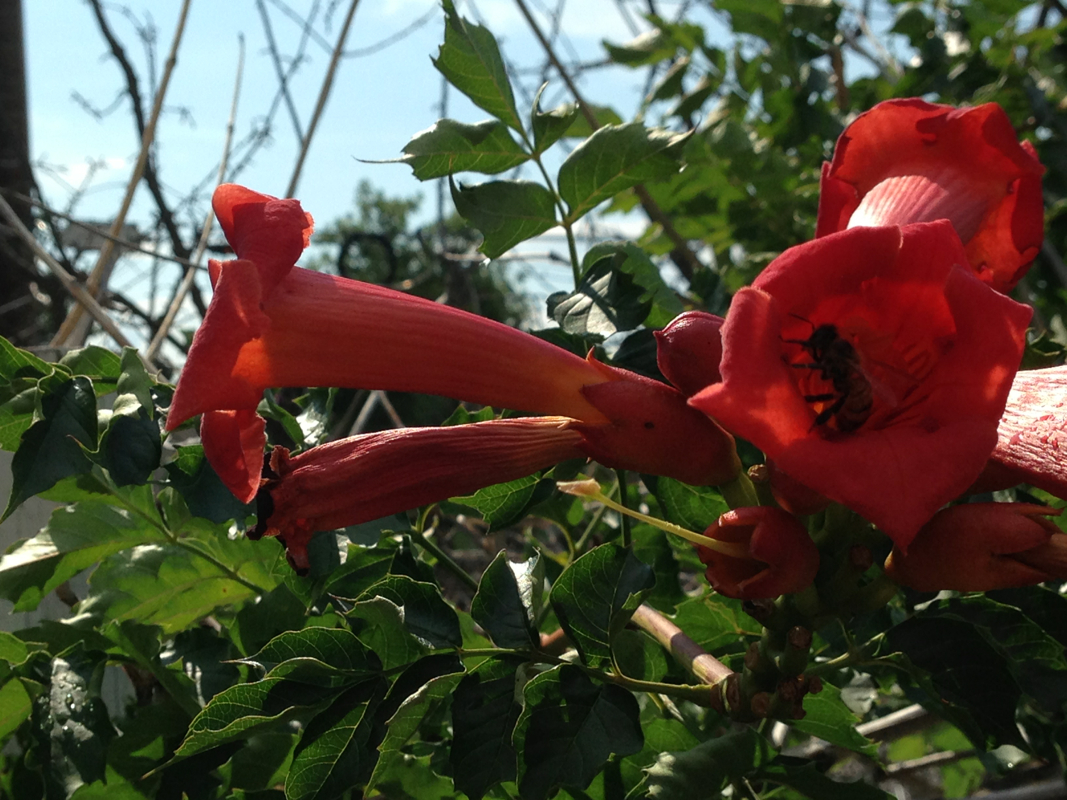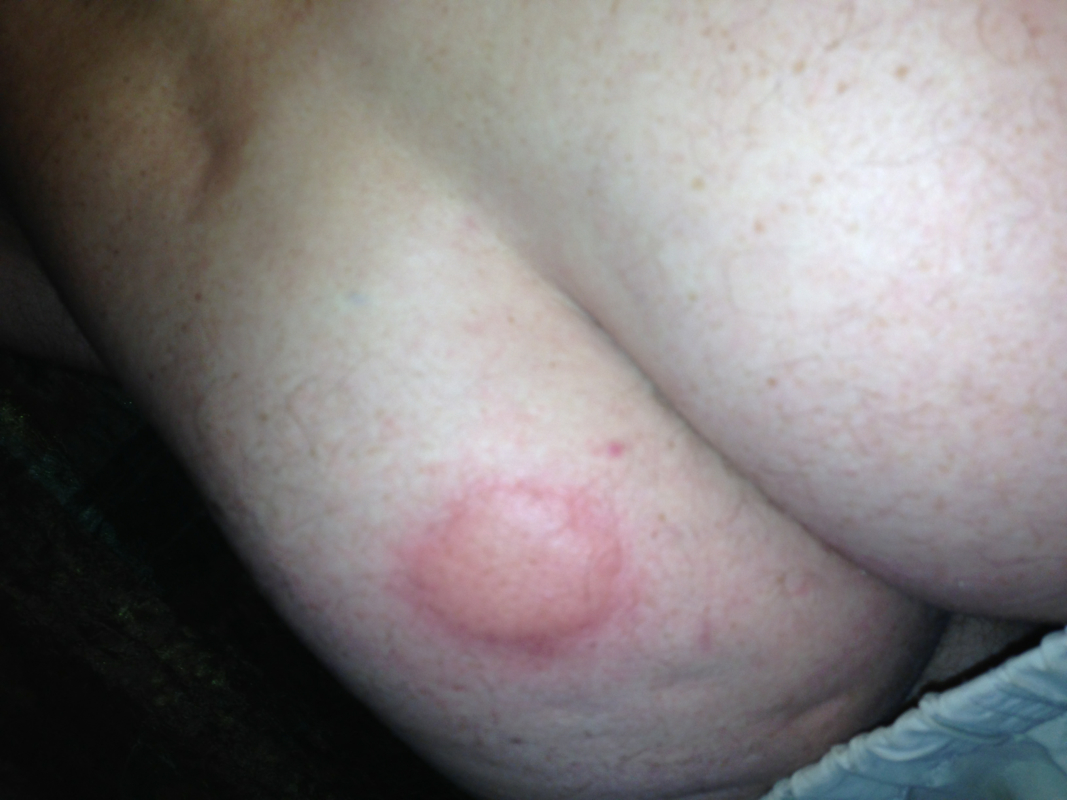There is a delicate balance between predators and prey in the world's ecology, and wasps are part of that balance. They may appear to just be a pest, but they also do a lot of good in keeping other insect pests under control. They are really a gardener's friend. UNLESS THEY BITE YOUR ASS! For most of the year we are not particularly aware of the wasps around us, it is only at the end of the season when they become a nuisance. A knowledge of the wasp's life cycle will help understand this.
Mated queen wasps hibernate during the winter and emerge in spring. The queens find suitable nesting sites and begin to build a nest out of a form of paper, made from chewed wood fibres. During this time they will visit flowers and feed on nectar -- this is the one time when wasps are pollinators. The queen lays eggs and feeds the larvae on insect prey. The insect bodies are chewed into a liquid which is fed to the grubs. When these first worker wasps emerge they take over most of the queen's duties, except for egg laying. Wasp colonies rapidly increase in size and in just a few weeks populations of 20,000 are quite possible.
Adult wasps feed on nectar or anything sugary. They feed their larvae on insect prey and the larvae exude a sugary liquid on which the adults feed. They are more beneficial to us than people realise: one worker wasp can collect over 100 aphids a day.
At the end of the season, the colony will produce drone wasps and new queens. They go off to mate and for the queens to find somewhere to hibernate. The old queen stops laying, and this is where the nuisance phase starts. No eggs means no larvae; and no larvae means no sugary feed. The wasps have to find alternative sources of food such as ripening fruit, jam, and beehives for the honey.
When the cold weather comes, all of the wasps will die, except for the hibernating new queens.


 RSS Feed
RSS Feed